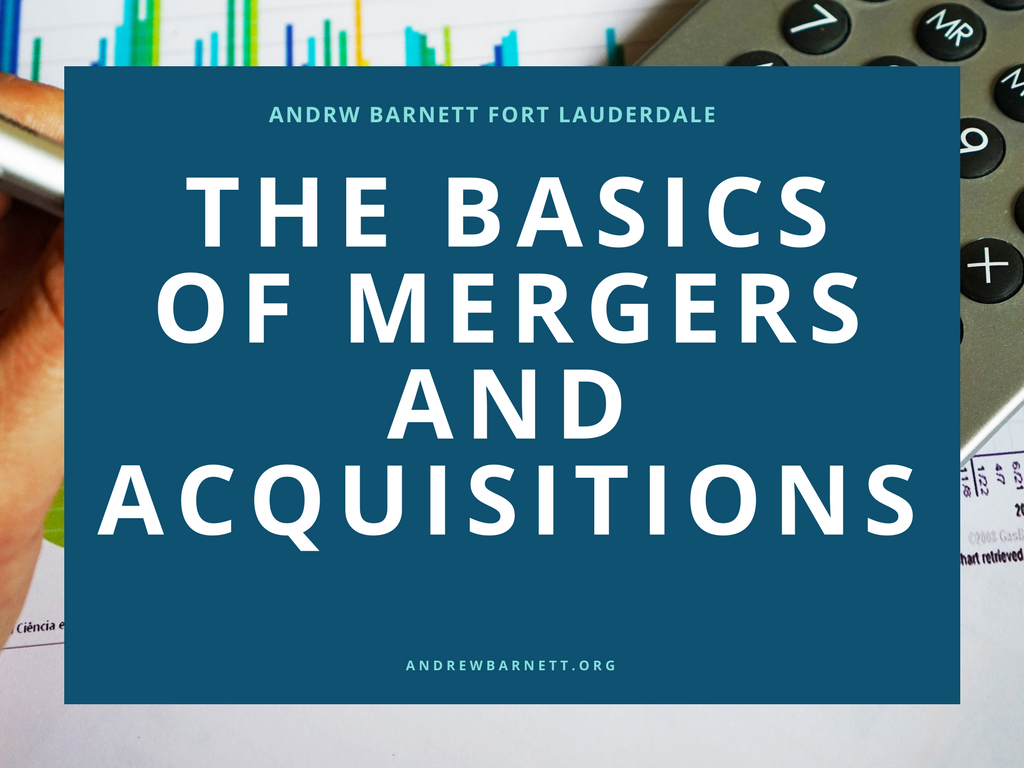The Basics of Mergers and Acquisitions
To anyone without a lot of experience in the business world, terms like “mergers and acquisitions” can sound daunting and unclear exactly in their meaning. Read on to familiarize yourself with their meanings and why they play such a crucial role in corporate restructure.
The first thing to know about mergers and acquisitions is, although they are frequently referenced together, they contain several differences. A merger, specifically, refers to the combining of two companies, whereas an acquisition is when one company buys another. Both are tactics to grow a company, and can be worth billions of dollars in revenue. The most notable difference rests in whether or not the target company wanted to be absorbed by its purchaser.
Mergers
In simplest terms, a merger is when two companies come together and become a single company, from which point they operate as a single company. The entities joining together tend to equal each other in terms of size, which is then called “a merger of equals” as these companies recognize that they possess a greater corporate advantage together than they do apart. Company stocks are surrendered, and issued new shares in their stead.
Different kinds:
- Horizontal – two companies in direct competition – same product, market, and consumers
- Vertical – a customer/company and supplier
- Market-extension – two companies that sell the same products but in different markets
- Product-extension – two companies that sell different but related products in the same market
- Conglomeration – two companies that have no overlap in product, market, or consumers
Purchase or consolidation?
When one company purchases another, it is a purchase merger, whereas a consolidation merger is two companies joining together to form a new one entirely.
Acquisitions
An acquisition is similar to a merger, but an acquisition usually occurs on less-than-friendly terms. If the company that is being purchased does not want to be purchased, that is automatically an acquisition rather than a merger.
Different kinds:
- Acquisitions of assets – Company A buys Company B’s assets for cash
- Reverse merger – when a private company purchases a public shell company, and the private company merges into the public company in order to become publicly listed
What happens next?
A few things:
- As companies consolidate, they need fewer people, so staffs are reduced.
- Improved visibility – people take note of a large corporation.
- Larger companies that place larger orders for things such as office supplies have more room to negotiate because their business is worth a certain amount.
- What’s mine is yours – the advantages of Company A become the advantages of Company B, such as a unique technology.


No Comments